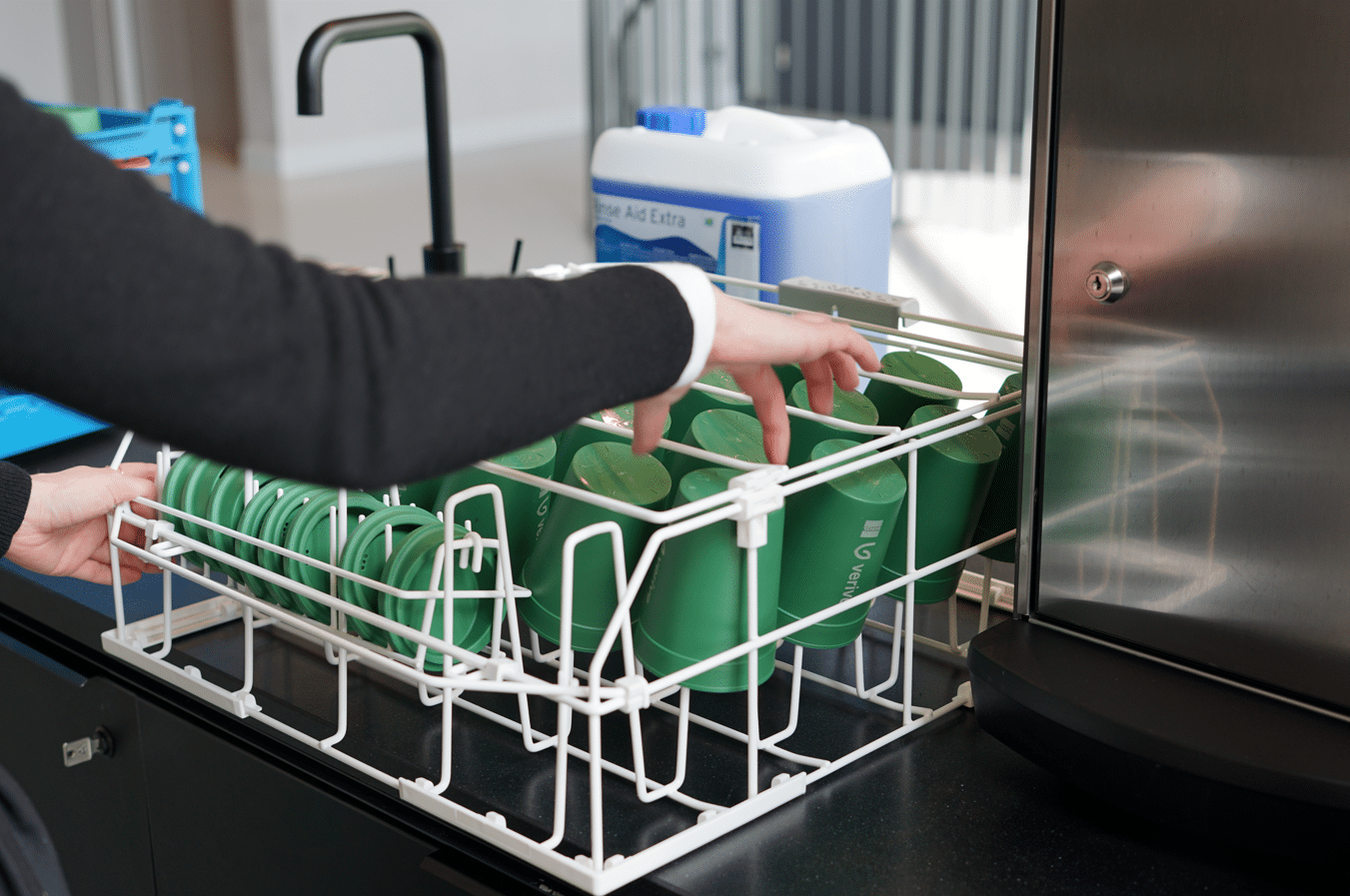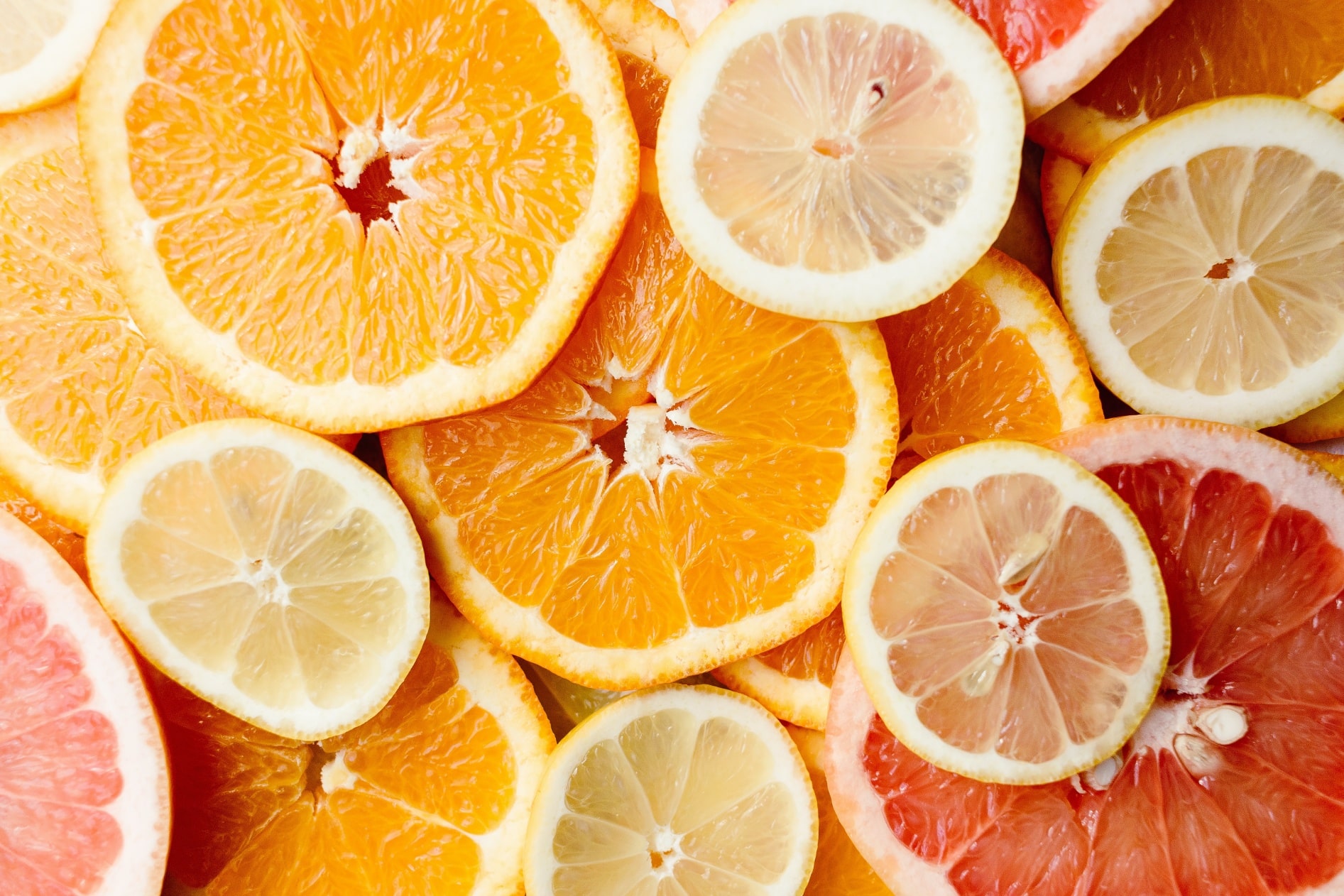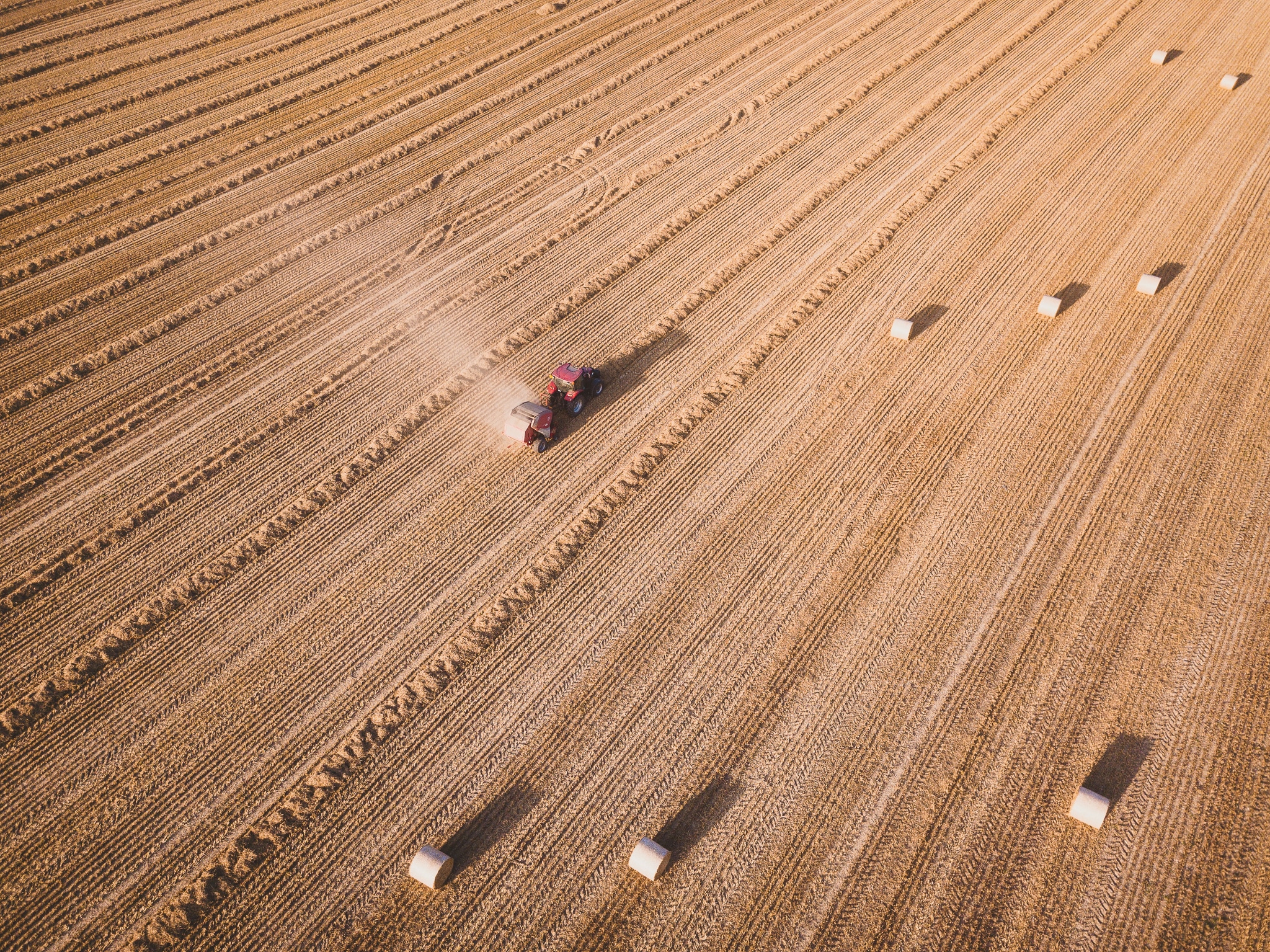About this article
Aiming to become more sustainable or waste less in 2022? Let us help you get there. Learn how to best navigate 4 industry sustainability trends this year.
So you’ve made some business goals for 2022, and one of them includes becoming more sustainable or wasting less? Want to take that leap, but don’t know where to begin?
According to Verive’s sustainability experts, there are four industry trends worth taking special note of in 2022:
(1) Reducing waste
(2) Tackling the challenge of reusables
(3) Making sense of carbon neutrality and net zero through Life Cycle Assessments (LCAs); and
(4) Putting the demand for ‘PFAS-free’ into perspective.

The growing demand to waste less
We often hear from catering and hospitality businesses that they wish to generate less waste. When reducing waste, simple solutions can be discovered by looking at customer behaviour and considering whether or not your catering and hospitality products are being used as intended. For example, many companies create waste by adding a to-go coffee cup lid simply because all to-go beverages are programmed that way in their ordering system. Though many consumers avoid single-use lids and straws for environmental reasons, they are often left without a choice. Including these items as part of the standard operating procedure generates unnecessary waste and costs you money.
It’s also worth evaluating whether you need to automatically offer a stirrer, sugar, and creamer alongside tea or coffee. Why? The consumer may drink their tea or coffee black, and those items cannot be reused once handled and will need binning. Though seemingly counterintuitive, wrapped cutlery can be a more responsible choice. It is more hygienic, and if customers choose not to use certain items or if they’re dropped on the floor, they can be reused. We recommend you first become aware of the unconscious behaviours built into your standard operating procedures. Click for more tips on managing food waste in hospitality and packaging food responsibly For bespoke sustainability advice regarding everything from procurement to behaviours to packaging, reach out to us today.
Here’s another tip that shocks many businesses we work with: Consume less. Sounds strange coming from us, no? We might be dedicated purveyors of food packaging and other disposable tableware, offering renewable, compostable, and responsibly-sourced alternatives to traditional packaging. But we still live on the same planet as you, and we know that consuming less is part of the holistic change all of us can make. We should add that although consumers seek out businesses that offer sustainable options, they also want ‘the receipt.’ They are looking for brands that actively communicate their sustainability initiatives.
Tackling the challenges related to reusables
There is quite a buzz going on right now about reusables; however, as demand increases, a few challenges have arisen for businesses that opt in. A reusable product looks a little different for a business than for an individual consumer. See, once businesses have reusables in circulation, they still need the infrastructure for storing and collecting (which impacts counter space), de-stacking, and hygienically washing, and re-distributing them. This all takes time and energy and space, and at high traffic locations, this can cause problems.
Of course, these hurdles can be overcome. But businesses need to think through the staffing and environmental feasibility of both in-house and outsourced options. For instance, they should consider the logistics of washing and sanitising each piece (or returning materials) and the environmental implications of transporting them. Swapbox, now available in the Netherlands and Belgium, is tackling this challenge head-on and forging ahead with putting reusables in the foodservice space. Read more about their journey for inspiration. Alternatively, sign up to our newsletter and keep an eye out for details on our upcoming range of Verive reusables launching soon.
Demand is on the rise for reusables. From 2022 onwards (in Germany) and 2023 onwards (in the Netherlands), all to-go businesses need to offer reusable products. That means that if a consumer wants Thai takeaway, they must be offered a choice between reusable or disposable food packaging and cutlery options. Note that definitions of what constitutes a reusable product (e.g. materials and times washed) are not strictly set and are sometimes inconsistently applied. That’s why it is important to research country-specific legislation (current and prospective) along with product and material lifecycle information. Throughout 2022, Verive will keep you updated about developments and the roll-out of these regulations and related information.
Greenwashing watch 2022: ‘Carbon neutrality’
These days, there is a lot of talk in the media about carbon neutrality (aka when the amount of CO2 emitted equals the amount of carbon being absorbed) and net-zero (similar, though encompassing more than carbon). For example, in December 2021, McDonald’s made global headlines when it announced the opening of its first net-zero restaurant in the UK. We are glad that carbon emissions are back atop the agenda, largely thanks to COP26 last November, but we pledge to be your ally in comprehending what you read in the media and cutting through the greenwashing.
That’s why we use Life Cycle Assessments (LCAs) to help make sense of your options and the total impact. LCAs are data-driven analyses that quantify actual environmental impacts and provide a detailed breakdown of the consequences of business operations. LCAs can be carried out on anything – from reusables to our food packaging options – to illustrate how a material or product contributes towards greenhouse gas emissions, ocean pollution, acidification, and other environmental outcomes over the entire span of its production, circulation, use, and disposal. Although at present, LCAs are not quite 100% accurate, right now, they are the closest we can get to science-based targets (SBTs).
Putting the demand for PFAS -free into perspective
PFAS is the industry’s new BPA in the sense that there is a large outcry to ban it from products. It is currently forbidden from the market in Denmark, and this trend is likely to continue to spread in the EU. But this should not become a new sort of scaremongering, not without accurate information. Did you know that there is currently no laboratory test to confirm or deny this because the percentage of PFAS often contained is so low? PFAS concentrations can be so low that they are nearly untraceable. Nonetheless, we work closely with our suppliers to ensure our products are PFAS-free to all extents possible and use all certifications available to us. For us, transparency is crucial, which is why we invest in telling you the whole story when it comes to PFAS.
During the BPA craze, people paid little attention to other forms of Bisphenol like BPB or BPS. Little has changed in this regard. There are many types of PFAS, each with its own properties, so it’s best to do your homework when sourcing materials and products. For example, the abbreviation PFOA stands for perfluorooctanoic acid, which sits within the family of perfluoroalkyl and polyfluoroalkyl substances (PFASs). We will return to this topic again during 2022 as we try to provide businesses and consumers with accurate sustainability information. In the meantime, read our PFOAs Factsheet.

Don’t forget about the SUP Ban in 2022
In an article discussing what to watch out for 2022, it would be irresponsible not to remind readers of the EU’s continued roll-out of the Single-Use Plastic (SUP) Ban. Over the next year, country-specific reduction measures will be introduced, regarding cup lids and covers and plastic food containers. If you want the latest updates on the SUP rollout in 2022, we will regularly monitor and report developments in our newsletter.
This year, let’s work together to make sure your sustainability ambitions don’t peter out by the end of January. With our range of products and sustainability services, we’re here to help you meet and keep your waste reduction goals in 2022 and beyond.
Enjoyed this article, but unsure of where to start next? Let our Verive Wizard guide you through a 4-minute Q&A to get you started.









